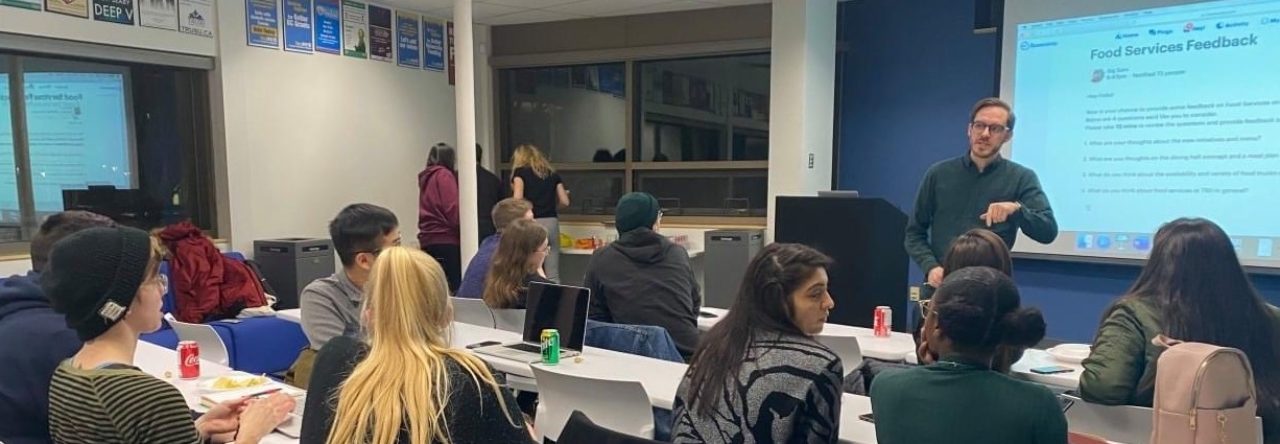On June 17, 2020, I taught, with my teaching partner, my third one-hour lesson with a group of four students enrolled in an Advanced Oral Communication class. The objective of this lesson was that students would orally present unfamiliar content to others both verbatim and in summary to effectively communicate meaning. This was to be accomplished through students reading aloud from a text, discussing key points and meaning of the text in small groups, and presenting a summary of the text to the rest of the class.
In preparing the lesson plan, we were able to incorporate a number of improvements based on experience from the previous lesson. This lesson plan was significantly more focused in terms of the objective and more structured in terms of the content and related activities. We built from the previous lesson topic – local Indigenous culture and folk stories – but used texts to provide more and more specific content to engage with, and we planned activities that would require more and clearer student participation. We also modified the two original source texts to be level-appropriate in terms of vocabulary, sentence structure, and verb tenses, as well as making them similar lengths. This was a useful opportunity to develop these skills.
In delivering the lesson, we realized the benefits of our improved lesson plan. First, we started with a brief warm-up activity, “Would You Rather…?”, that we had previously done in our first lesson. This familiar and fun activity served well to create a friendly atmosphere and had students talking. I developed a deeper appreciation of the value of warm-ups for setting the tone of a lesson, and that they need not be complicated or even explicitly connected to the content of the rest of the lesson – engagement is valuable in itself. With a simplified, focused lesson, I think we did a better job explaining the activities and setting expectations. The main activity involved breaking into two groups to read an Indigenous folk story aloud and to summarize it for the other group. In facilitating this activity, I found a great deal of success that helped me to understand the value of structured activity and selective error correction. We had planned a very effective process to have students read a sentence each, one after another, and to pause at the end of each paragraph to discuss. I believe I executed this plan well and was able to have the students engage in significant speaking and discussion as well as working on pronunciation and vocabulary additions. I made good use of the “Shared Notes” function of the online platform to aid in the discussion. I was also able to assign the students roles in summarizing the characters, events, and lessons of the story. One thing I did not make use of was having the students turn on their cameras, which would have better supported engagement and allowed me to gauge error correction and discussion more meaningfully. Finally, I managed the time of the activity well and returned to the rest of the class right at the agreed time. However, my group struggled to present the summary of our story to the rest of the class. I was unsure how to support this because we had had strong discussions in the smaller group – I think nervousness may have been the main factor. It may have been useful to direct the students to the points we had made in the Shared Notes.
In concluding the lesson, we asked the students to identify their preferred focuses for future lessons. This was our first attempt in giving students input in the classroom experience. Fortunately, they readily offered ideas, which focused on pronunciation and vocabulary, discussion skills, practical language, and local culture. We will look for opportunities to incorporate these areas in future lessons.
Overall, my third lesson was a very positive experience, and I learned mostly from the successes. A simple, focused objective with robust content set the stage for strong engagement. From this basis, I was able to explore techniques for facilitation and error correction and became more confident in both. I hope to carry forward these strategies in the future.


Leave a Reply